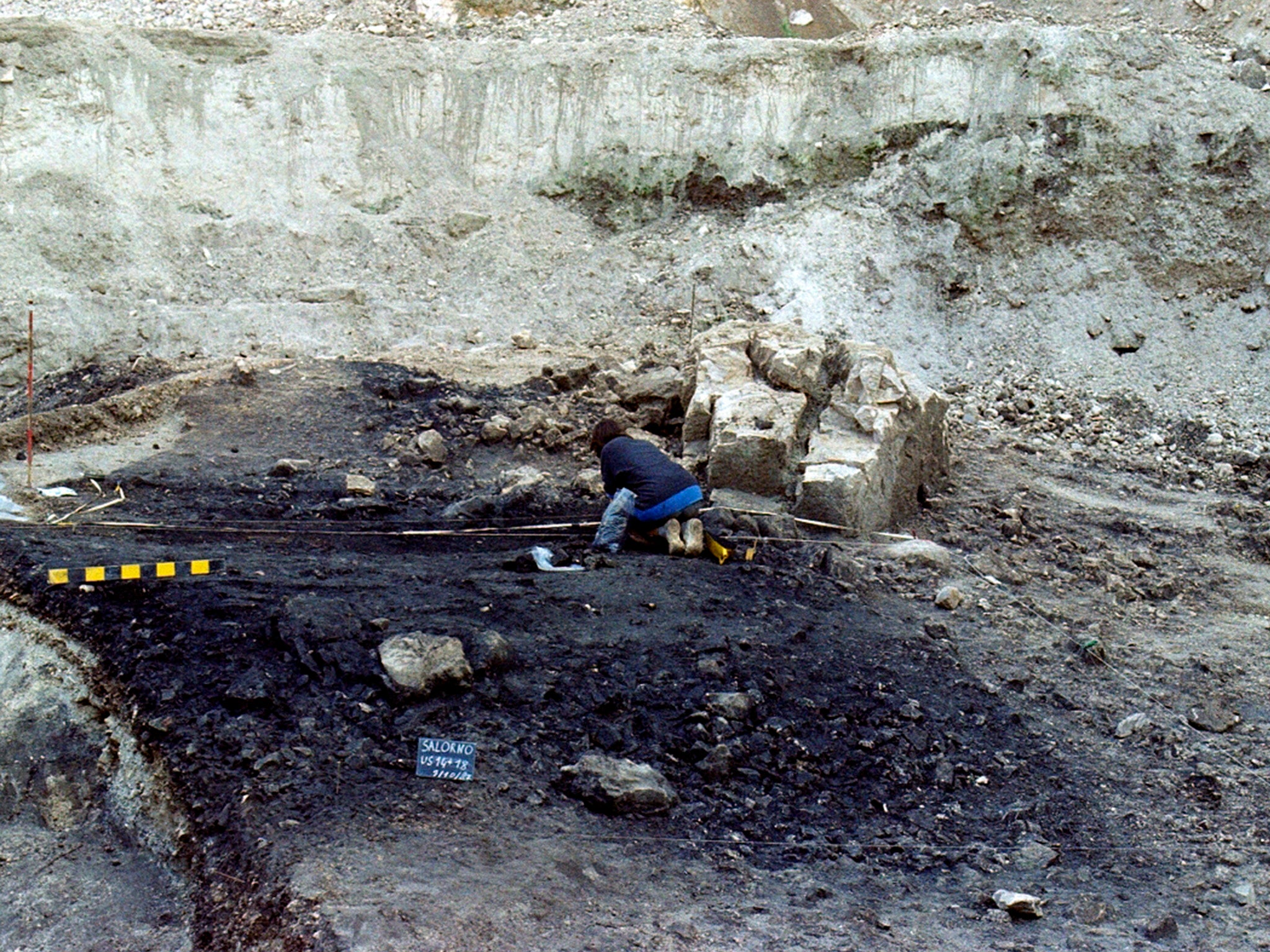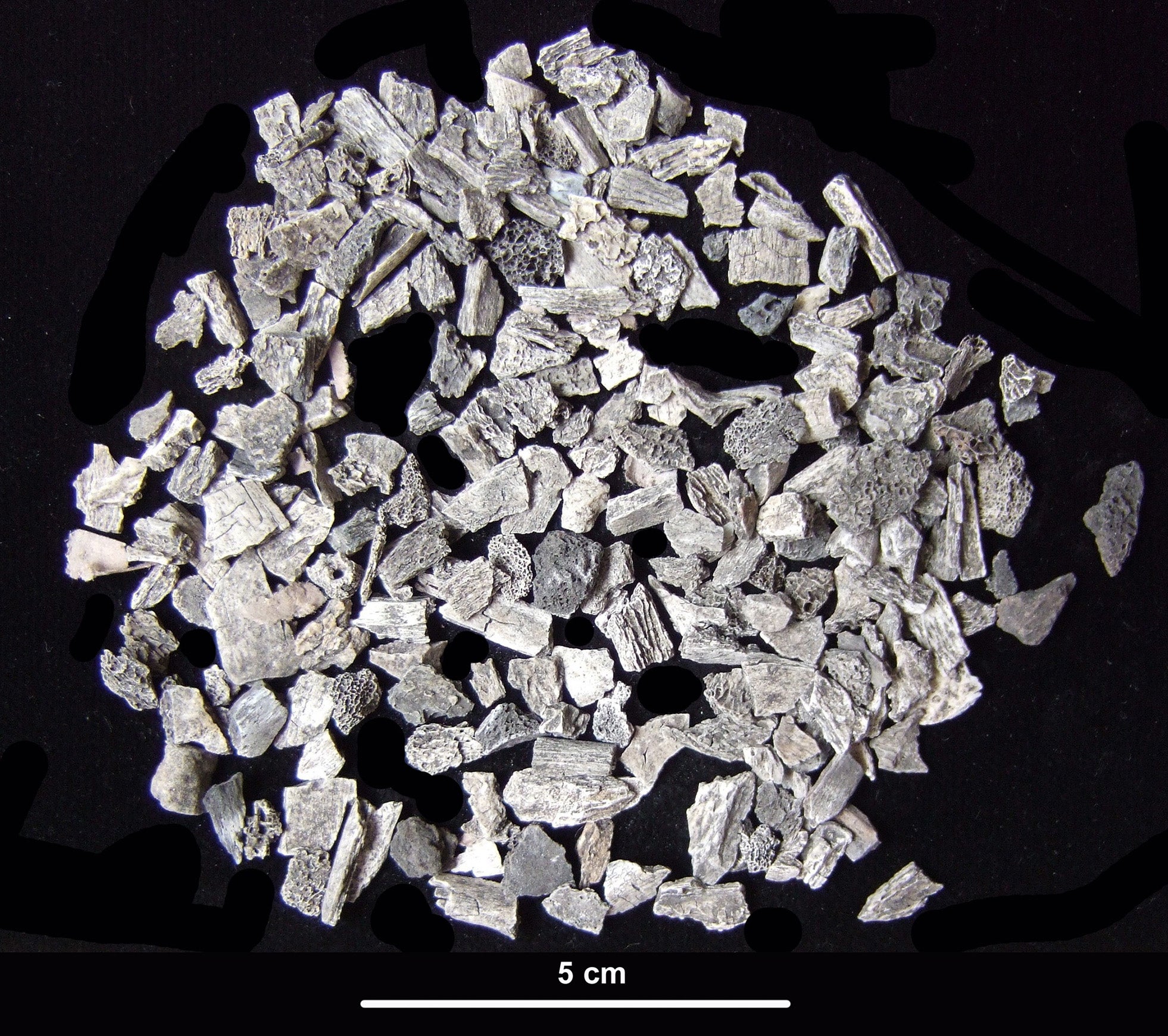Family members burned together and left on funeral pyre for generations in bizarre ritual
Italian alps hold evidence of diversity in ancient funeral rites, writes Liam James

A Bronze Age grave site in northern Italy holds evidence of a bizarre ancient funeral ritual.
Archaeologists said it appears that family members of a small alpine community would be burned at the stake together – with corpses being left on the pyre for generations.
The Salorno grave, nestled in the Adige valley, has been dated to the Late Bronze Age and has yielded an uprecedented quantity of cremated human remains (about 64kg) that researchers have been able to examine.
Bone material found at the site was tested for being either the result of repeated cremations that were left on the pyre or residue from bodies that were moved on to be buried.
Peer-reviewed analysis by a team of Italian archaeologists from the University of Milan pointed towards the former explanation due to the quantity of material found.
High amounts of bone compared with findings at other cremation sites suggest the bodies were left at the pyre.

Evidence suggests cremation was common across Europe from the 2nd millennium onwards.
The abundance of burned human remains suggests cremation was by far the most popular form of funeral on the continent from the Middle Bronze Age (around 1450BC) to the Early Iron Age (around (1200BC).
These remains are commonly found in urns – often in urnfields; an ancient, potted equivalent to the graveyard.
The archaeologists said the Salorno findings therefore suggest greater variability in the funeral rites of the time than was previously known.

Studies of ancient DNA suggest great mobility and interconnection among European communities of the Bronze Age.
In what is referred to as an ancient form of globalisation, people flocked from across the continent to mine Alpine copper.
The authors of the Salorno study think this could account for the diversity in burial rituals.
Their findings are published in the journal Plos One.






Join our commenting forum
Join thought-provoking conversations, follow other Independent readers and see their replies
Comments